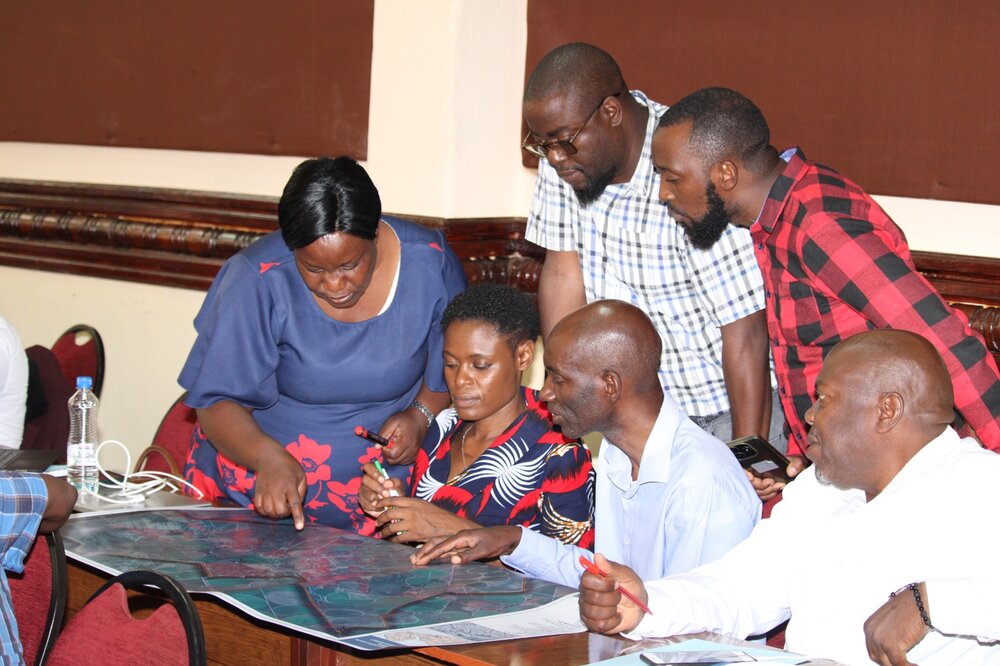Using Earth Intelligence to boost vaccination efforts in Zambia

Vaccination campaigns save lives, but reaching every child – especially in remote and underserved communities – remains a logistical challenge. In Zambia, health workers rely on hand-drawn maps to plan immunization efforts, making it easy for entire communities to be missed. Now, Earth Intelligence is transforming vaccine planning by providing precise, up-to-date geographic data to ensure every child receives life-saving immunizations.
Zambia has made significant progress in protecting its citizens from vaccine-preventable diseases in the past decade, using government investment, community engagement and international partnerships to increase vaccine coverage from 64% in 2013 to 90% in 2018, with the aim to reach 95% vaccination coverage in the next five years.
But barriers in equity and wealth still prevent immunizations for rural, migratory and indigenous settlements. An estimated 324,619 children in Zambia were zero-dose in 2022, meaning they never received routine vaccinations.
There is an urgent need to vaccinate zero-dose children born during COVID-19, who are now surpassing the normal age of vaccination, to prevent disease outbreaks.
From the GEO community, Zambia’s Expanded Programme on Immunizations (EPI) is deploying Earth observation resources to support vaccine planning at health facilities nationwide through technical assistance from Akros under a GAVI innovation top up grant and in partnership with the Centre for Infectious Disease Research in Zambia (CIDRZ).
Mapping local vaccine campaigns
Zambia uses a bottom-up approach for vaccine planning: local health facilities work with community leaders and representatives to draft microplans, which are then incorporated into district and provincial vaccine planning.
To create and implement these plans, local facilities rely on hand-drawn maps to determine the time and resources needed for vaccinations and identify specific populations that will be difficult to reach.
These maps, while helpful, miss critical details, which can prevent entire communities from receiving life-saving vaccines.
The power of Earth Intelligence
Akros is creating digital and large-scale paper maps for district and local health facilities, who can use them to demonstrate population distribution, track travel routes and create vaccine microplans tailored to specific zones in their community.
This strategy will provide critical information on vaccine progress to EPI in real time, eliminating delays caused by paper-based mapping and microplanning.
Akros is also partnering with WorldPop to create an updated settlement layer in GIS, which will be used to locate and develop vaccination plans for Zambia’s zero-dose children.
In December 2024, Zambia’s EPI began distributing the maps to all 2,790 health facilities in the country. Digital microplanning tools are now being rolled out in 23 districts, and a digital dashboard and map are accessible online for staff to use in their planning. The project will also serve as a resource for other national health programmes by providing access to GIS data on zero-dose children in Zambia.
With these tools, Zambia’s health facilities will be able to clearly define the geographical extent and population distribution of the area they need to vaccinate. This helps minimise duplicated efforts and ensures no residents are missed, helping reduce preventable disease and infant death in the country’s most vulnerable communities.
By Bwalya Mukuka, Derek Pollard and Anna Winters. A version of this blog originally appeared on the Akros website.